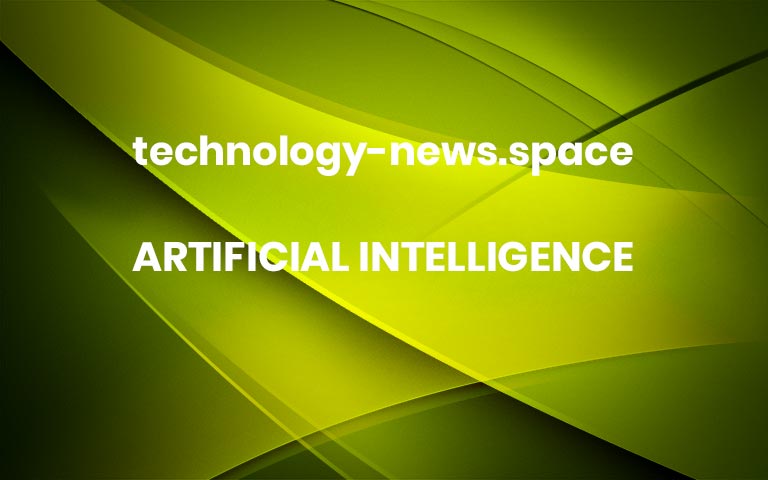Meet the 2022-23 Accenture Fellows
Launched in October 2020, the MIT and Accenture Convergence Initiative for Industry and Technology underscores the ways in which industry and technology can collaborate to spur innovation. The five-year initiative aims to achieve its mission through research, education, and fellowships. To that end, Accenture has once again awarded five annual fellowships to MIT graduate students working on research in industry and technology convergence who are underrepresented, including by race, ethnicity, and gender.This year’s Accenture Fellows work across research areas including telemonitoring, human-computer interactions, operations research, AI-mediated socialization, and chemical transformations. Their research covers a wide array of projects, including designing low-power processing hardware for telehealth applications; applying machine learning to streamline and improve business operations; improving mental health care through artificial intelligence; and using machine learning to understand the environmental and health consequences of complex chemical reactions.As part of the application process, student nominations were invited from each unit within the School of Engineering, as well as from the Institute’s four other schools and the MIT Schwarzman College of Computing. Five exceptional students were selected as fellows for the initiative’s third year.Drew Buzzell is a doctoral candidate in electrical engineering and computer science whose research concerns telemonitoring, a fast-growing sphere of telehealth in which information is collected through internet-of-things (IoT) connected devices and transmitted to the cloud. Currently, the high volume of information involved in telemonitoring — and the time and energy costs of processing it — make data analysis difficult. Buzzell’s work is focused on edge computing, a new computing architecture that seeks to address these challenges by managing data closer to the source, in a distributed network of IoT devices. Buzzell earned his BS in physics and engineering science and his MS in engineering science from the Pennsylvania State University.
Mengying (Cathy) Fang is a master’s student in the MIT School of Architecture and Planning. Her research focuses on augmented reality and virtual reality platforms. Fang is developing novel sensors and machine components that combine computation, materials science, and engineering. Moving forward, she will explore topics including soft robotics techniques that could be integrated with clothes and wearable devices and haptic feedback in order to develop interactions with digital objects. Fang earned a BS in mechanical engineering and human-computer interaction from Carnegie Mellon University.
Xiaoyue Gong is a doctoral candidate in operations research at the MIT Sloan School of Management. Her research aims to harness the power of machine learning and data science to reduce inefficiencies in the operation of businesses, organizations, and society. With the support of an Accenture Fellowship, Gong seeks to find solutions to operational problems by designing reinforcement learning methods and other machine learning techniques to embedded operational problems. Gong earned a BS in honors mathematics and interactive media arts from New York University.
Ruby Liu is a doctoral candidate in medical engineering and medical physics. Their research addresses the growing pandemic of loneliness among older adults, which leads to poor health outcomes and presents particularly high risks for historically marginalized people, including members of the LGBTQ+ community and people of color. Liu is designing a network of interconnected AI agents that foster connections between user and agent, offering mental health care while strengthening and facilitating human-human connections. Liu received a BS in biomedical engineering from Johns Hopkins University.
Joules Provenzano is a doctoral candidate in chemical engineering. Their work integrates machine learning and liquid chromatography-high resolution mass spectrometry (LC-HRMS) to improve our understanding of complex chemical reactions in the environment. As an Accenture Fellow, Provenzano will build upon recent advances in machine learning and LC-HRMS, including novel algorithms for processing real, experimental HR-MS data and new approaches in extracting structure-transformation rules and kinetics. Their research could speed the pace of discovery in the chemical sciences and benefits industries including oil and gas, pharmaceuticals, and agriculture. Provenzano earned a BS in chemical engineering and international and global studies from the Rochester Institute of Technology. More



